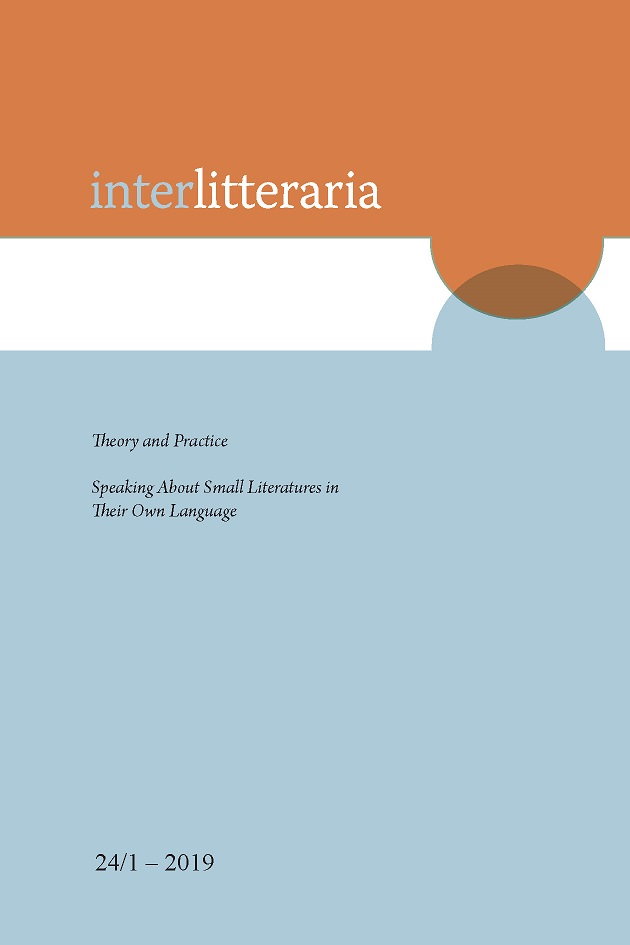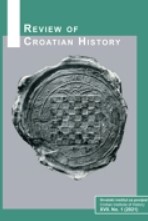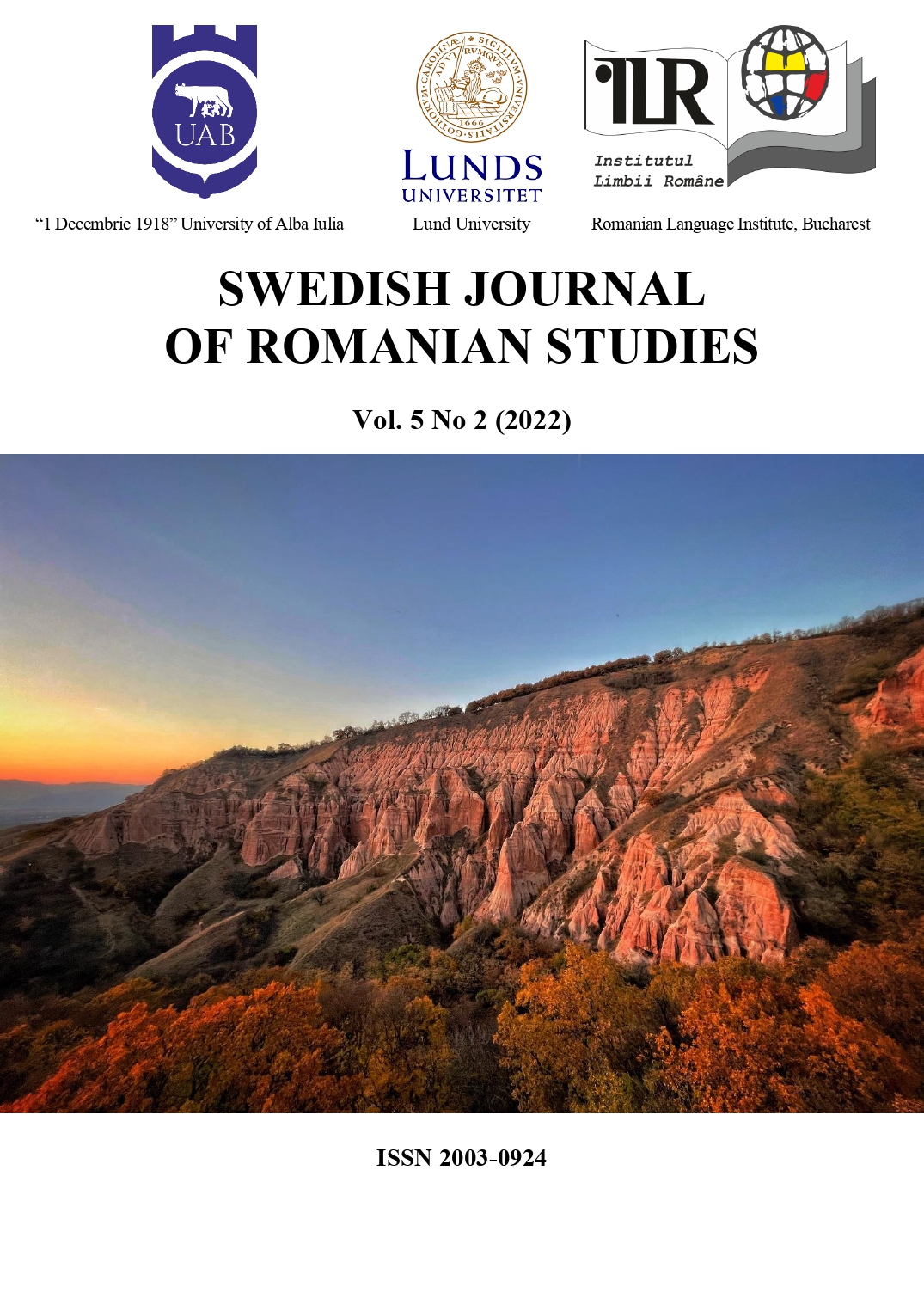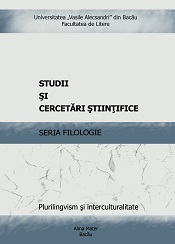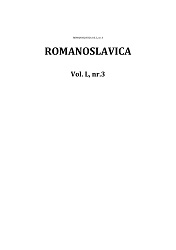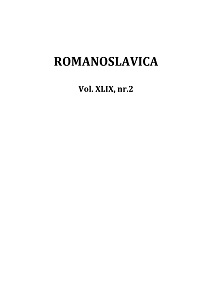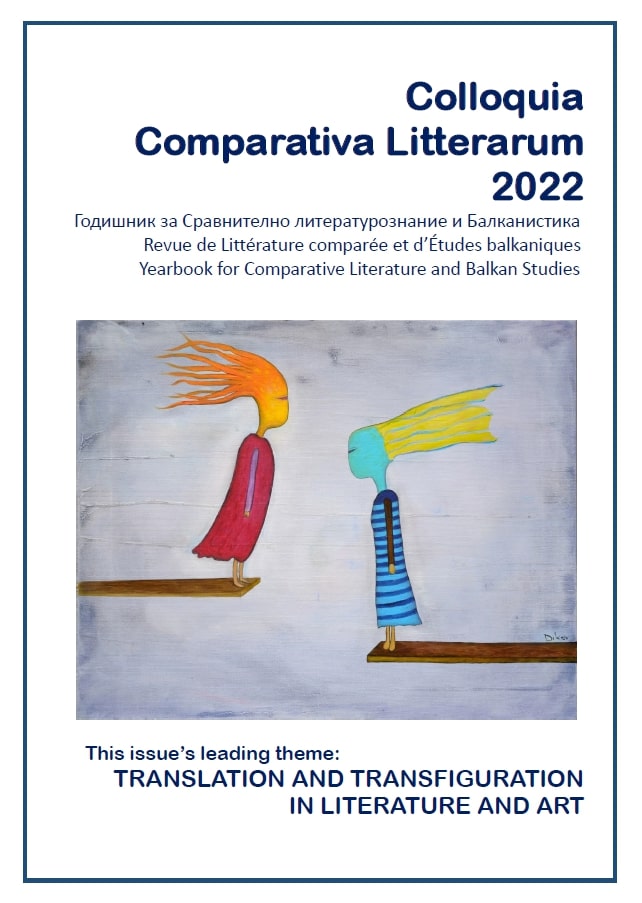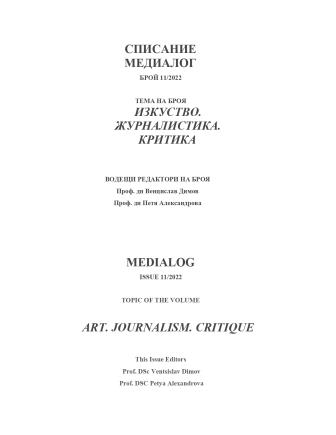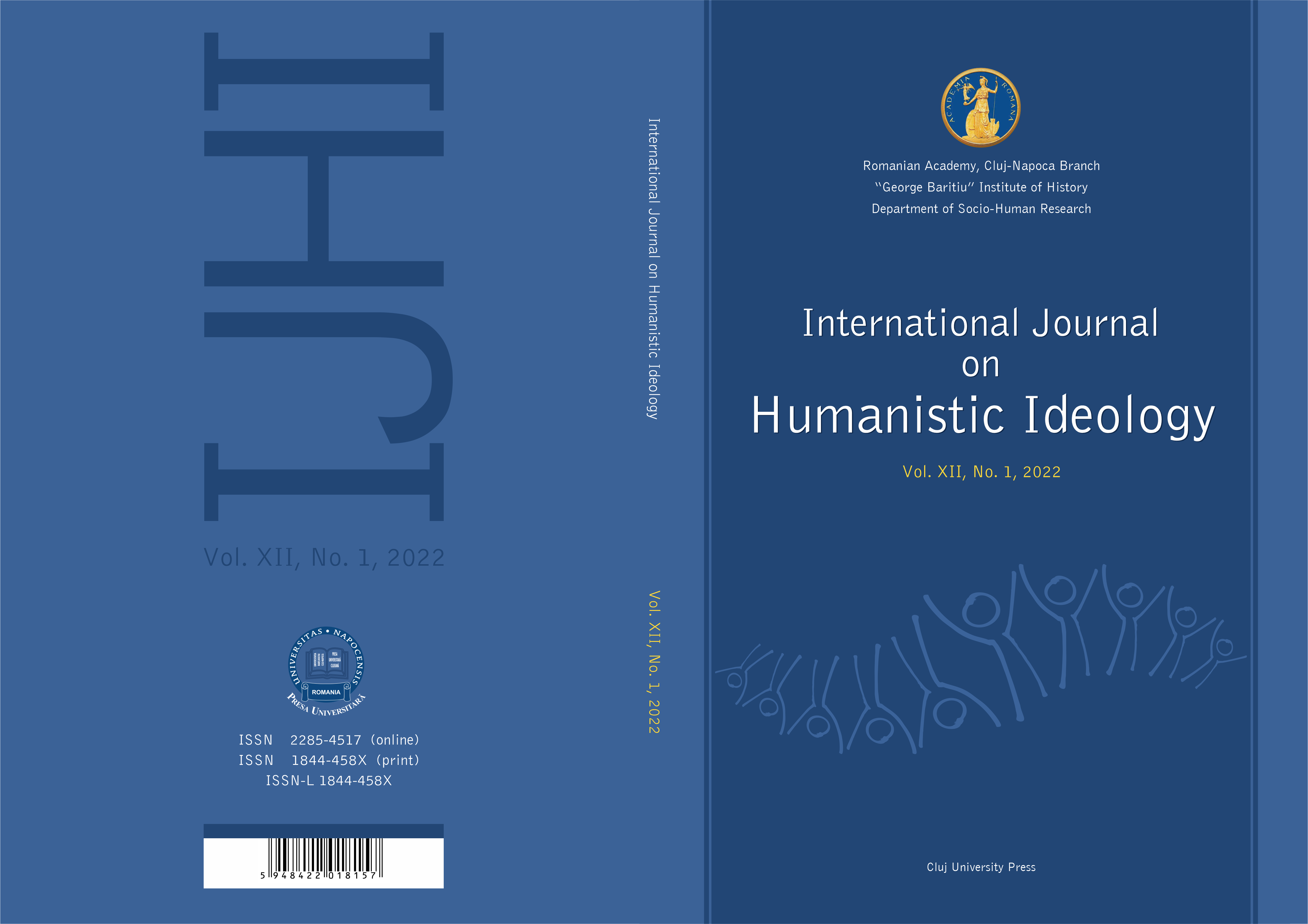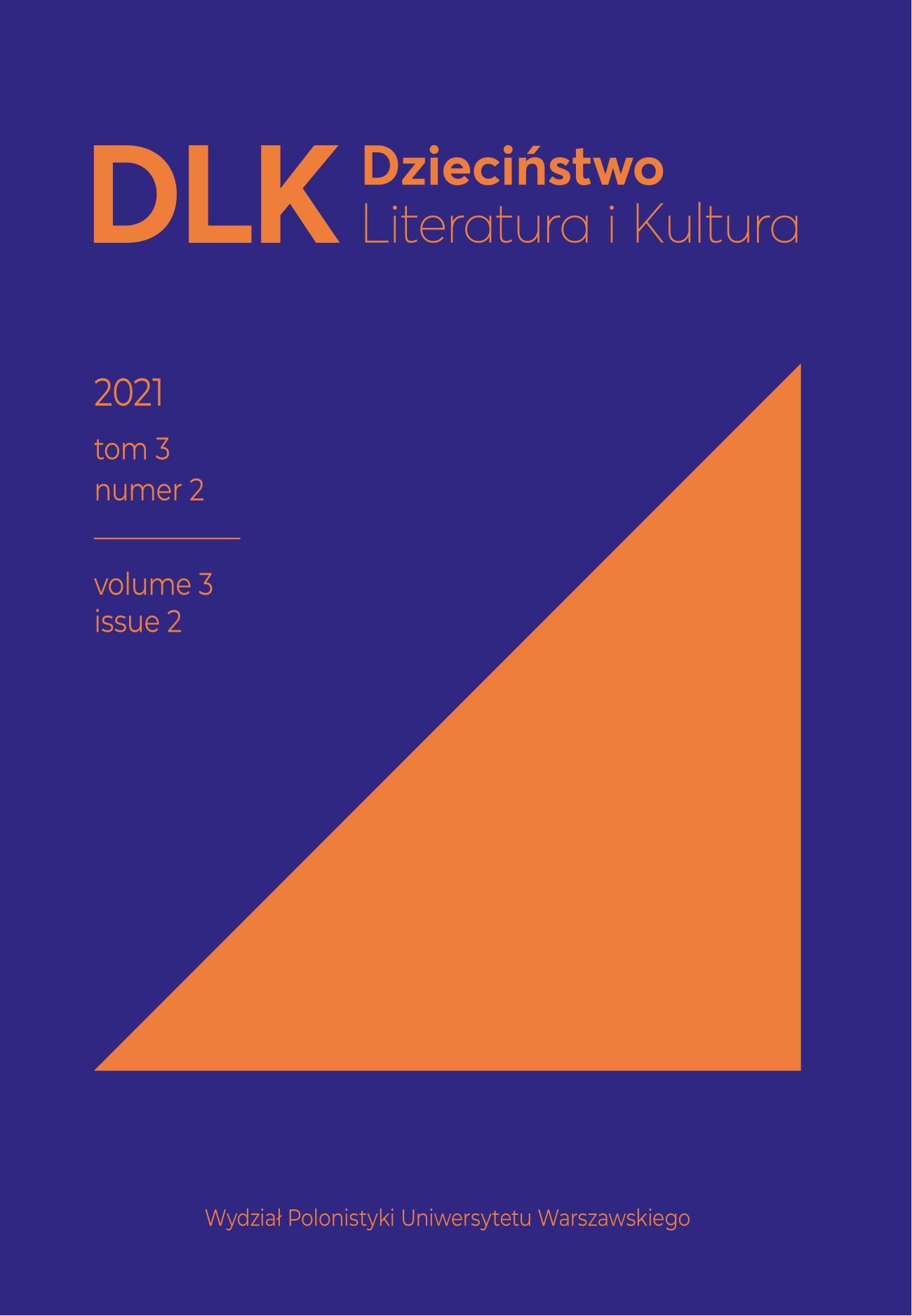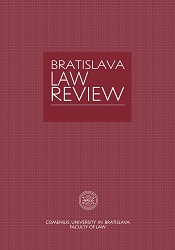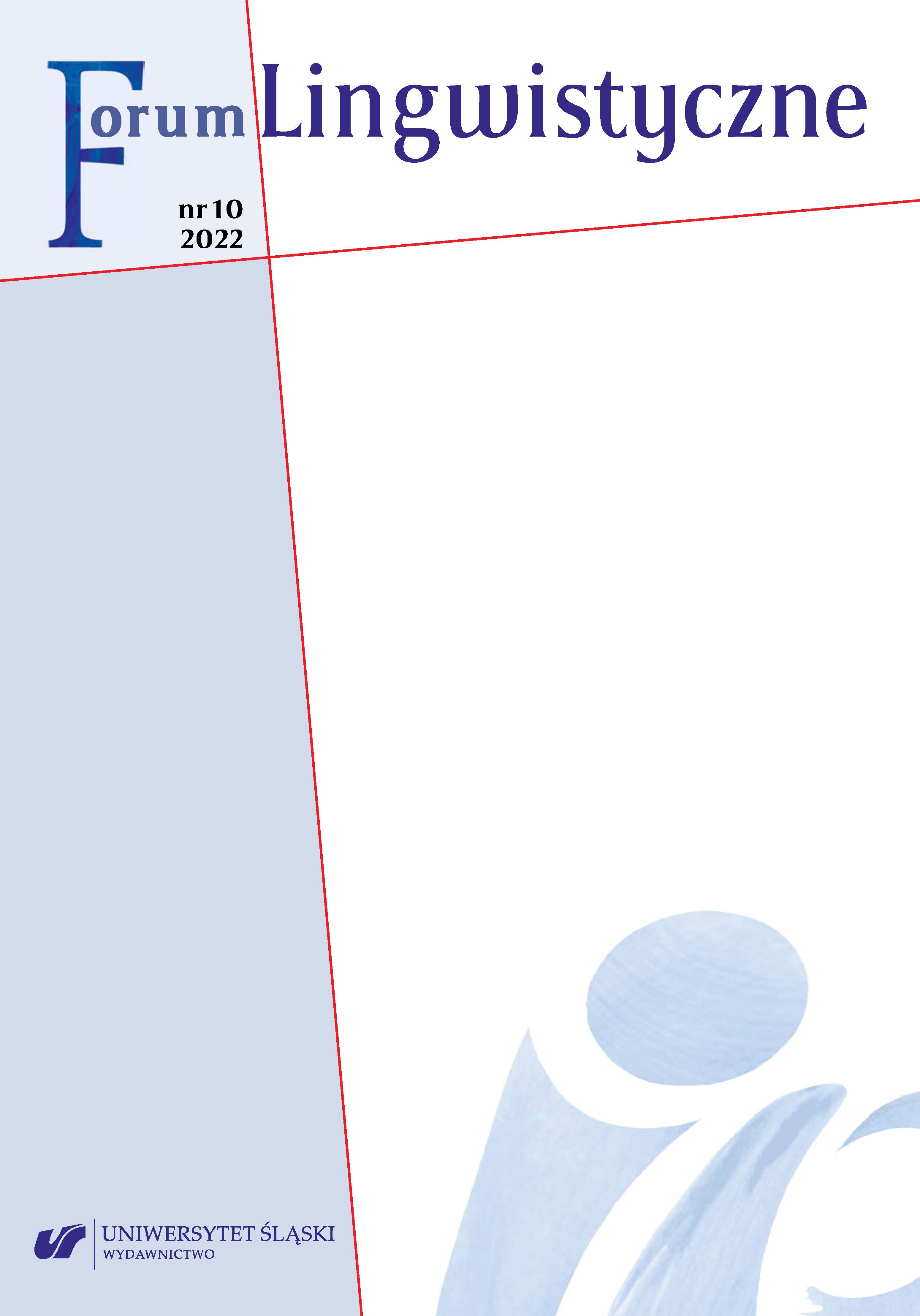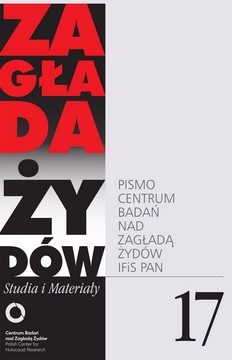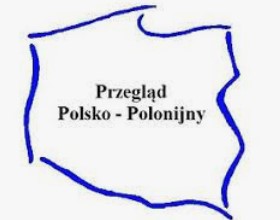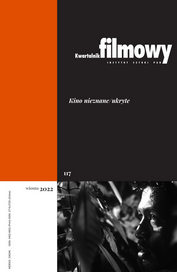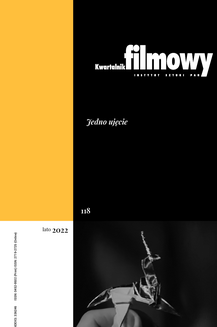Moscow-Petushki of Venedict Erofeev and Pulp Fiction of Quentin Tarantino in the Context of Postmodern Thinking
The aim of the article is the attempt of reading two texts of culture, i.e. Moscow-Petushki of Venedict Erofeev and Pulp Fiction of Quentin Tarantino using the comparative approach that goes beyond the range of factual relationships, historical influences or similarities functioning in the plot. The purpose of the publication is to see both works, representing totally different semiotic systems (cinema and literature), in their mutual intertextual relationships for which the style of postmodernism constitutes the constant reference point. Most literary studies associate each of the chosen texts (but never both of them together) with postmodern thinking, therefore in my research I concentrate on the categories which are considered crucial for understanding postmodern thematic quests and the change in thinking which took place at the end of the 20th century. I try to find out similarities existing in the structures of two texts, aesthetic ideas and tools used to express them. As a result, the interpretation focuses in particular on representations of the body shown in the American movie and the Russian “poem in prose”, as well as on the problems of beauty, space and addictions, which constitute the fundamental subjects in these texts.
More...
